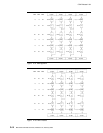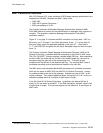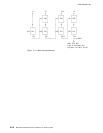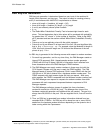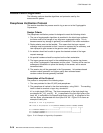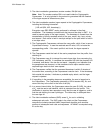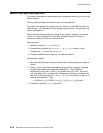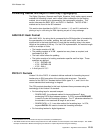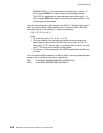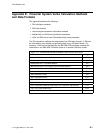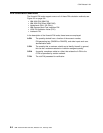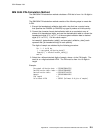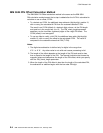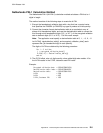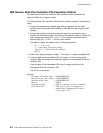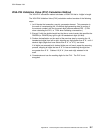CCA Release 2.54
– RSASSA-PKCS1-v1_5, the newer name for the block-type 1 format. In
CCA, keyword PKCS-1.1 is used to invoke this formatting technique.
– The PKCS #1 specification no longer discusses use of block-type 0. In
CCA, keyword PKCS-1.0 is used to invoke this formatting technique. Use
of block-type 0 is discouraged.
Using the terminology from older versions of the PKCS #1 standard, block types 0
and 1 are used to format a hash and block type 2 is used to format a DES key.
The blocks consist of the following (“” means concatenation):
X'00' BT PS X'00' D
where:
BT is the block type, X'00', X'01', or X'02'.
PS is the padding of as many bytes as required to make the block the
same length as the modulus of the RSA key, and is bytes of X'00' for
block type 0, X'FF' for block type 1, and random and non-X'00' for block
type 2. The length of PS must be at least 8 bytes.
D is the key, or the concatenation of the BER-encoded hash identifier and
the hash.
You can create the BER encoding of an MD5 or SHA-1 value by prepending these
strings to the 16 or 20-byte hash values, respectively:
MD5 X'3020300C 06082A86 4886F70D 02050500 0410'
SHA-1 X'30213009 06052B0E 03021A05 000414'
D-20 IBM 4758 CCA Basic Services, Release 2.54, February 2005



